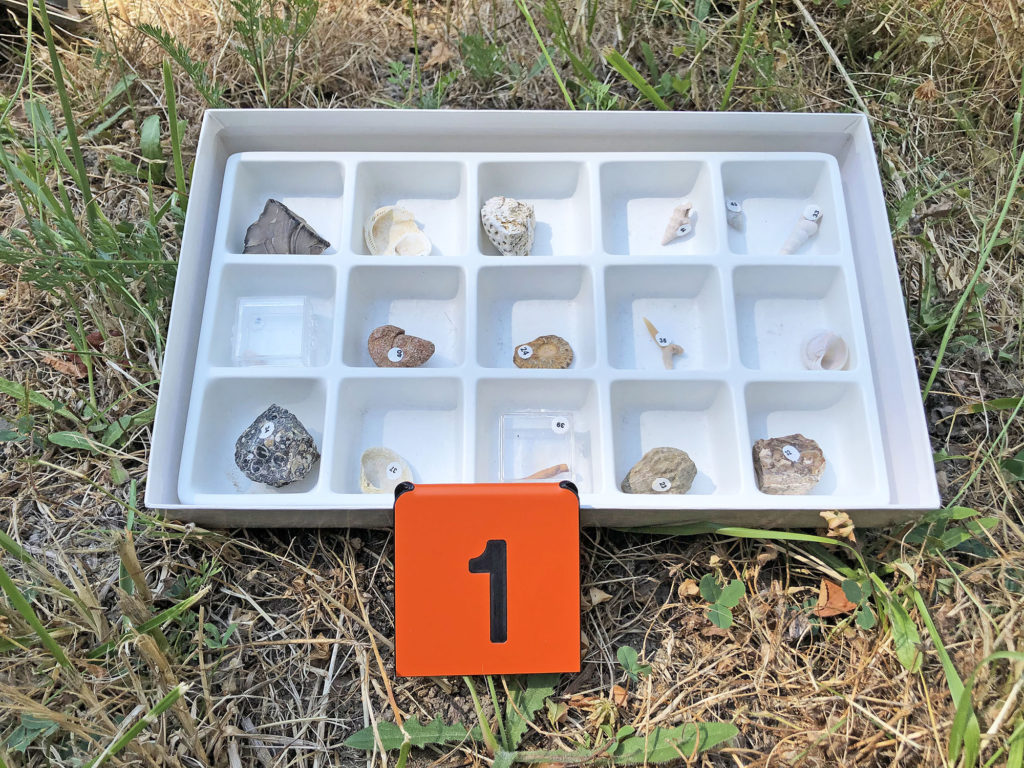
Mass Extinctions Majority of Species Lost in Time


Mass Extinction Objectives
-
Describe the mass extinctions of the past and compare them to current extinction causes and rates.
-
Explain how a genetic bottleneck can occur and how it can lead to extinction.
-
Provide a representative species that has experienced a bottleneck event.

Conservation is preserving, protecting, and restoring animal populations and their habitats. Part of this process is learning what drives species to extinction.
A mass extinction is often defined as a period of time in which 75% or more of species disappear from the fossil record.
This video is a closer look at the five mass extinctions in the fossil record, and the possibility that we are living in the sixth mass extinction event.
Does it matter if species go extinct?
This will be the question you’ll address in this Guide’s first journal assignment (bottom of the next webpage). The next video provides examples of species that have gone extinct; afterwards there are a few questions to consider.

Whether or not extinctions matter can be viewed in different ways. This is one of the issues that many fields of study weigh in on, including ethics, history, economics, and more. Questions to consider: does it matter if the species is an animal vs. plant, vertebrate vs. invertebrate, macroscopic vs. microscopic? How do you weigh the human need for land and water vs. other species’ needs? How should we weigh benefits for our current generations vs. future generations?
California Condors Case Study

This is a photo from our visit to the Oregon Zoo of a California Condor (Gymnogyps californianus), the largest terrestrial North American bird.
People speak in hushed voices watching these huge scavengers rip apart the provided carcasses, and it’s not just because of the grizzly spectacle. Many people never expected to see a condor in person, this species dropped down to a population size of only 27 animals.

California Condors almost went extinct due to poaching, lead poisoning from bullets in carcasses, and loss of habitat. Although breeding programs have increased their number and they have been re-released into the wild, there are still fewer than 500 condors.
Here are a few additional views of the condors in their Oregon Zoo facility.
Genetic Bottlenecks

The birth of a Giant Panda in captivity is a global event. With less than 250 in captivity and an estimated 1,000-2,000 in 40 reserves in China, this species remains vulnerable to extinction. The panda’s brush with extinction appears to have begun approximately 43,000 years ago with a “bottleneck event” that greatly reduced its population size and genetic diversity. More recent habitat loss almost dealt a fatal blow to this iconic species.
This video introduces what a “bottleneck event” is and how it relates to genetic diversity and species survival.

Although the Northern Elephant Seal has dramatically rebounded in population size, it will take generations for new mutations to arise, increasing the diversity of alleles. In the mean time, the species will most likely be more vulnerable to environmental fluctuations, including pathogens, than it had been prior to the bottleneck event and drop in allele diversity.
This Guide’s first journal assignment (bottom of next webpage) asks you to describe extinction before you provide an opinion statement. Before moving to the next page, write a brief summary of what extinction is, including examples.
The next section introduces the factors that lead a species to become endangered as well as possible solutions.

Check your knowledge. Can you:
-
describe the mass extinctions of the past and compare them to current extinction causes and rates?
-
explain how a genetic bottleneck can occur and how it can lead to extinction?
-
provide a representative species that has experienced a bottleneck event?



